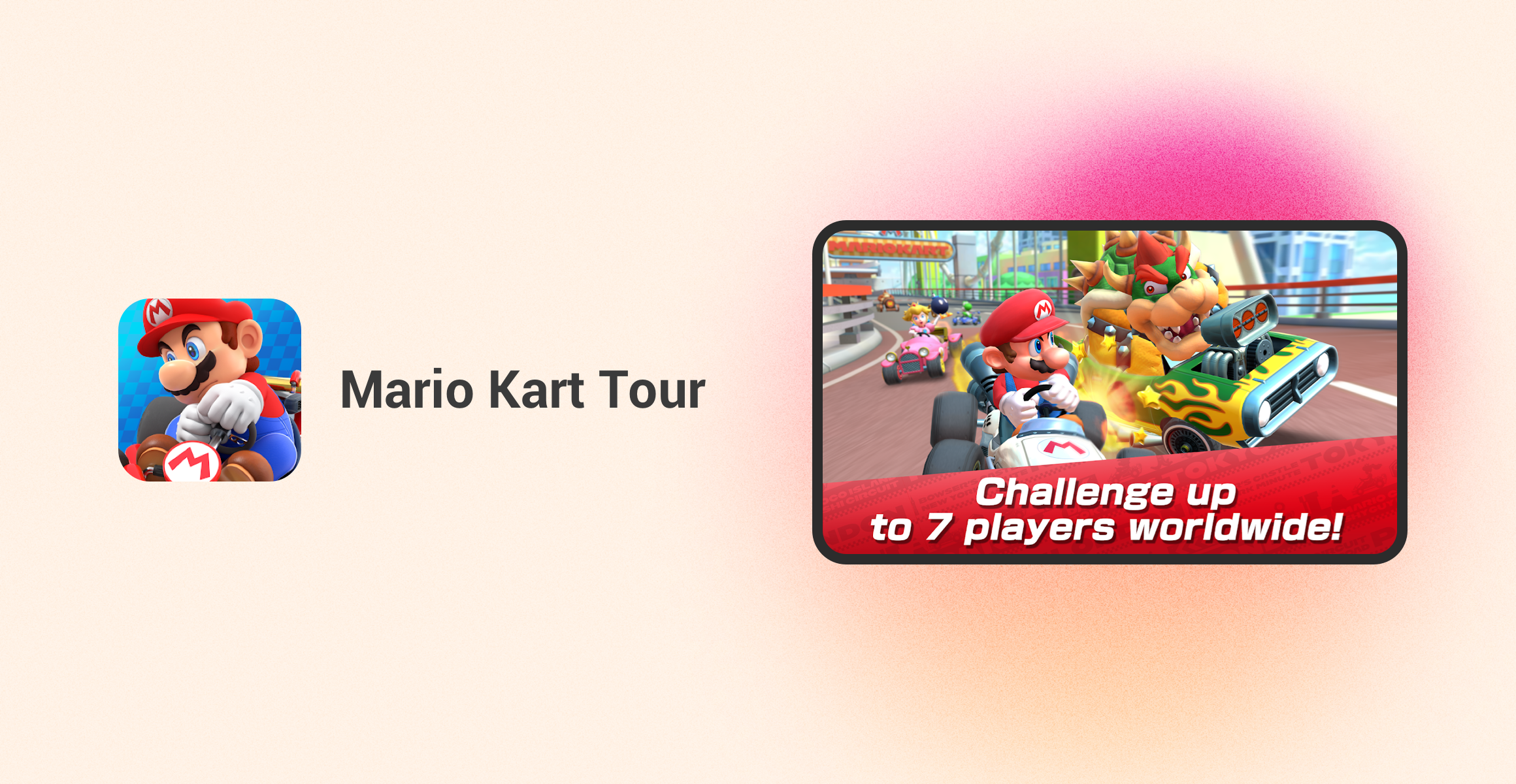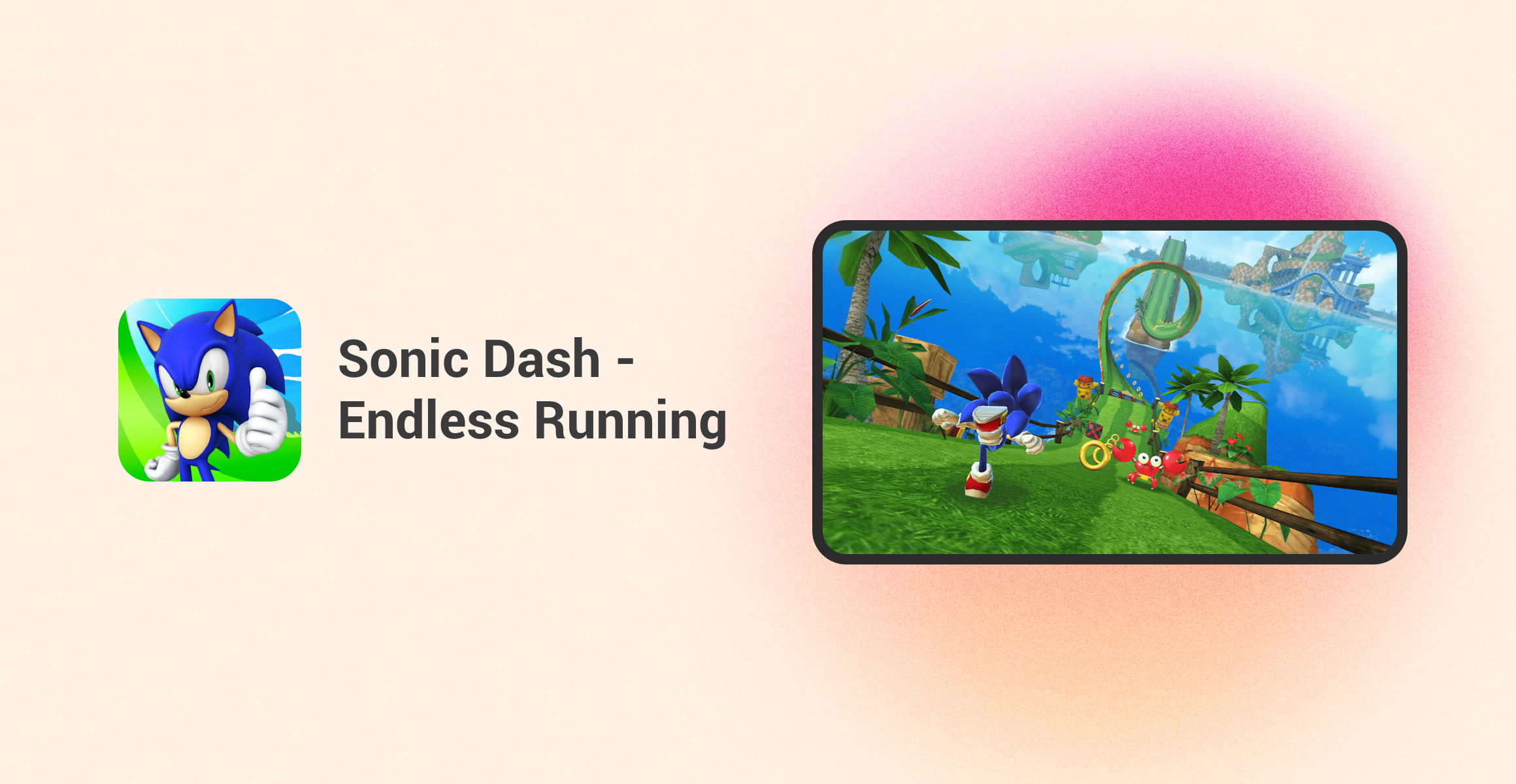In-Depth Mobile Gaming Insights: Mario Kart Tour, Sonic Dash - Endless Running, Temple Run, Super Mario Run, and Subway Surfers
Intruction
Mario Kart Tour brings the much-loved Mario Kart series to mobile devices, providing a compact and exciting racing experience. Featuring its classic game characters, imaginative track design and elements that combine nostalgia and innovation, the game has attracted a large number of loyal fans and new players.
Characters in the game include the popular Mario, Luigi, Princess Beach and Yoshi, each with their own unique characteristics and skills. In terms of track design, Mario Kart Tour combines famous landmarks in the real world with fantastical scenes such as the Eiffel Tower in Paris, Shibuya Crossing in Tokyo and Central Park in New York. These tracks are not only visually colorful, but also full of hidden shortcuts and surprise elements, which increase the fun and challenge of the game.
The game's simple controls make it easy for players to pick up, whether by tapping the screen to speed up, using items, or drifting, they can be quickly mastered. At the same time, the game also introduced special modes such as "Fever time", during which players can use unlimited items to experience more intense and exciting racing pleasure.
In addition to the traditional racing gameplay, the game also has a variety of modes, such as battle mode, gold chase and grand prize events, to meet the needs of different players. Players can also compete against their friends or players from around the world through global leaderboards, enhancing the game's interactivity and competitiveness.
Sonic Dash: Endless Run brings the iconic blue hedgehog to mobile devices in the form of endless parkour. With fast-paced gameplay, vivid 3D graphics, and familiar characters from Sonic's universe, the game provides a nostalgic and exciting experience for players.
In the game, players control Sonic and his friends as they run through a variety of challenging levels, avoiding obstacles, collecting gold rings, and defeating enemies. The graphics of the game are very beautiful, the colorful track and the dynamic character animation make the eyes shine. In addition, the game offers a range of power-ups and upgrade options to help players improve their performance and earn higher scores.
Players can unlock new characters and equipment by completing daily missions and special challenges, keeping the game fresh and engaging for a long time. Sonic Dash: Endless Run not only tests players' reaction speed and operating skills, but also provides players with a long entertainment experience through rich content and diversified gameplay.
Metro Parkour is one of the most popular endless parkour games, offering fast action and a vibrant urban environment. Characters in the game run through the subway, dodging oncoming trains and obstacles. These games combine nostalgia and novel gameplay in their own unique ways, providing players with a rich and varied gameplay experience.
In Subway Run, players take on the role of a graffiti enthusiast who is on the run while being pursued by the police. The game is set in different cities around the world, such as New York, Paris, Tokyo, etc., each city has its own unique landscape and cultural ICONS. Players can collect coins, keys, and other items that can be used to unlock new characters and upgrade existing ones.
The operation of the game is very simple, by finger sliding left and right to switch the runway, sliding up and down to jump or roll, very easy to use. There are also a variety of missions and achievements for the player to complete, adding to the depth and fun of the game. As the game progresses, the speed will gradually accelerate, which puts higher requirements on the player's reaction speed and operation ability.

User experience
Mario Racing Tour is a game with go-kart racing as its core gameplay, where players will drive characters from the Mario series on challenging tracks, using various props and drifting techniques to overcome opponents. The game's control design is very intuitive, especially for touch screen operation. The game offers manual and automatic drift options and is equipped with intelligent navigation AIDS to help novice players get started faster.
In terms of graphics, "Mario Kart Tour" maintains the distinctive style of the Mario series, the character animation is smooth and natural, the track design is colorful, and various special effects are very attractive. In terms of sound effects, the game's classic sound effects and dynamic music greatly enhance the overall game experience, allowing players to immerse in the fast and furious.
Sonic Dash, on the other hand, is a classic endless parkour game in which players control Sonic and other characters to constantly run through an obstacle filled environment, collect gold and complete various tasks. The game features sliding controls that are responsive and allow the player to make precise moves. The 3D graphics are colorful, the animations are smooth, and the level design is diverse and modern. In terms of sound effects, classic sonic sound effects and energetic music are perfectly matched with high-speed action, bringing unparalleled tension and excitement to the player.
Subway Run is a parkour game featuring a graffiti teenager, in which players run and collect coins and items while evading the inspector and his dog. The game also uses a sliding control mode, responsive, suitable for players of all ages. Its cartoon-style graphic design is lively and interesting, and each urban renewal brings a unique visual experience. The music is fast-paced, matching the fast-paced nature of the game, while the sound of a speeding train and the sound of collecting coins enhance the overall immersion.

Game ecology
Mario Kart Tour, Sonic Dash, and Subway Surfers all feature online multiplayer, a feature that gives players the opportunity to compete against friends or players around the world. This real-time interaction not only increases the fun of the game, but also promotes communication and competition between players. These games host regular events and theme Tours, keeping the game fresh and engaging with constantly updated content. For example, special tracks and character costumes during the holiday season, as well as different challenge missions each week, keep players looking forward to each season.
To further motivate players to participate, these games also have a rich leaderboard system that ranks players based on their competition results. This not only stimulates the competitive desire of players, but also provides a platform for everyone to show their strength. In addition, the game introduced various reward mechanisms, such as completing certain tasks or getting high scores to win rare items and characters, which increased the engagement of the game.
Social features are another important part of how these games appeal to players. Mario Kart Tour, Sonic Dash, and Subway Surfers all have social features such as well-developed friend lists and chat rooms for players to connect and share experiences with each other. By adding friends, players can see each other's progress and achievements, and even directly invite them to join the match. Chat rooms provide a space for players to discuss strategies, share tips and simply chat, further enhancing community cohesion.

Monetization Strategy
Mario Kart Tour, Sonic Dash, and Metro Run all use a free-to-play plus in-app purchase monetization model. In these games, players can choose to purchase in-game currency or items to speed up progress and unlock rare characters or items. In Mario Kart Tour, for example, players can buy "Rubies" to get new game characters, karts and gliders to be more competitive in the game. Similarly, Sonic Dash offers a variety of in-app purchase options, including purchasing rings, unlocking new characters, and using items like accelerators to enhance the game experience. Subway Run, on the other hand, allows players to purchase in-game coins, character costumes, and various power-ups to enhance their performance and personalize their experience.
In addition, these games have introduced other revenue streams to increase profitability. Mario Kart Tour, for example, has launched a Gold Pass subscription service that gives players access to a range of exclusive content and privileges by paying a flat fee. In Subway Run, players can watch ads to earn in-game rewards, a mechanism that not only generates additional revenue for the game's developers, but also provides a way to access resources for players who are reluctant to spend money.
Competitor Comparison
In the field of mobile racing games, Mario Kart Tour stands out with its unique Mario Universe charm and strategic gameplay, compared to Wild Ride 9: Legends, which, while offering more realistic graphics and a wider selection of vehicles, falls slightly short in creativity and brand appeal. Sonic Rush stands apart from other endless parkour games with its strong brand recognition and more dynamic gameplay.
In the race for endless parkour games, Sonic Rush uses its strong brand recognition and high-speed action appeal to compete with other games such as Temple Run 2 and Minions Run. Temple Run 2 presents a more traditional adventure theme, while Minions Run shows the charm of humorous elements. While each of these games is unique, Sonic Rush stands apart with its iconic characters and engaging action design.
Subway Run, with its colorful graphics, regularly updated content, and easy-to-use gameplay, has taken its place in the competition with the likes of Temple Run 2, Minions Run, and Despicable Me: Minions Run. While Temple Run 2 presents a more traditional theme of adventure, while Minions Run focuses on showcases elements of humor, and Despicable Me: Minions Run combines the affinity of the film's characters, Subway Run sets itself apart by presenting a lively urban running experience.


